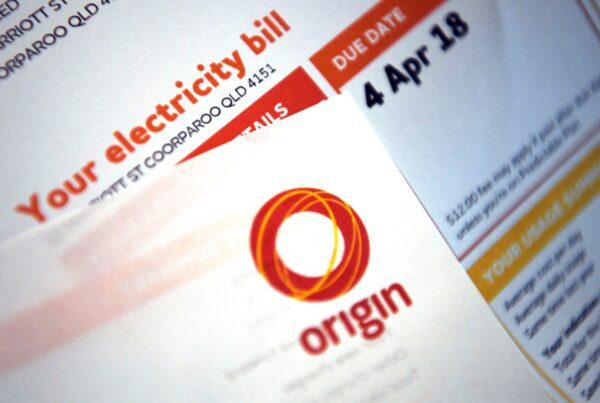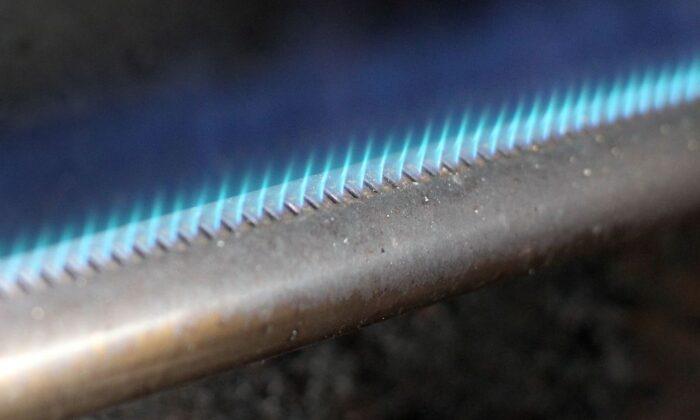Australian households are bracing themselves for a double to triple-digit hike in their gas bill after two of Australia’s largest energy suppliers announced new gas rates.
AGL, the country’s largest electricity generator, has raised gas prices for Victorian, New South Wales (NSW), Queensland and South Australian customers–from Jan. 1 for customers on standing offers and from Feb. 1 for customers on variable rate market contracts.
With the new rates, residential customers in Victoria on variable rate market contracts would suffer the most, having to pay an extra $326 per year on average, which equates to a 24.9 percent increase, while Victorian residential AGL customers on standing offers will need to pay an extra $304 per year (21.6 percent).
Households in New South Wales will see their gas bill go up by 9 percent, which equates to $78 per year. Households in Queensland will pay $40 more per year (five percent increase), while residential customers in South Australia will pay an extra $56 per year (6.2 percent increase).
“As one of Australia’s largest energy retailers, AGL carefully considers the wholesale cost of gas as well as our own cost movements to determine the outcome for our gas standing offer and variable rate market contract customers,” an AGL spokesperson said in an email to The Epoch Times.
“Any decision to change prices is based on a detailed consideration of a range of factors including wholesale prices, network charges and market conditions and the value we offer to customers.”
“AGL understands that rising energy prices will place additional pressure on some households and businesses, and we encourage customers to contact us to discuss the different payment and support options we offer.”
Victorian Consumers to be Worst Affected
Meanwhile, Origin Energy’s gas price hike, which is set to take effect from Feb. 1, will also see Victorian households’ average household hit the hardest, having to pay $370 more per year (22.1 percent increase).The price jump will cause Australian Capital Territory households’ gas prices to be $114 higher per year on average (7 percent). NSW households are estimated to spend $90 more per year for gas (8.1 percent increase), South Australian to pay an extra $80 (6.9 percent increase), while Queensland households to pay $50 more (5.8 percent increase).

Small businesses in the state are expected to pay about 24 percent more than usual, which amounts to an extra $906 a year.
“Like all retailers, we have been facing materially high gas costs over recent months which means it costs us more to supply gas to our customers,” an Origin spokesperson told The Epoch Times.
“Increasing prices is never a decision we take lightly, especially when we know people are struggling with higher costs of living.”
The price hike comes after the Labor government successfully passed its price cap bill through parliament.
The plan agreed upon by state and territory leaders on Dec. 9 will see gas capped at $12 a gigajoule and coal at $125 a tonne (US$8.15), and coal at $125 a tonne (US$84.85) for 12 months. Prices above the cap will be subject to enforcement action.
Among other measures, the government will introduce a mandatory code of conduct to replace the current voluntary one to deal with “systemic issues within the wholesale gas market, including insufficient competitive pressure and bargaining power imbalances.”
Energy Industry Warns Intervention Will Not Address Long-term Problems
However, peak industry bodies warn the Australian government’s heavy intervention to try to control retail electricity and gas prices does not address longer-term problems in the market.Samantha McCulloch, CEO of the Australian Petroleum Production and Exploration Association (APPEA), said the measures still failed to deal with supply problems, and the larger role played by governments will give new businesses pause for thought before entering the market.
“They are far-reaching and represent a dismantling of the gas market that will have a chilling effect on the investment needed to bring on that new supply. Ultimately, it’s going to make the situation worse for those Australian households and those Australian manufacturers.”





Friends Read Free